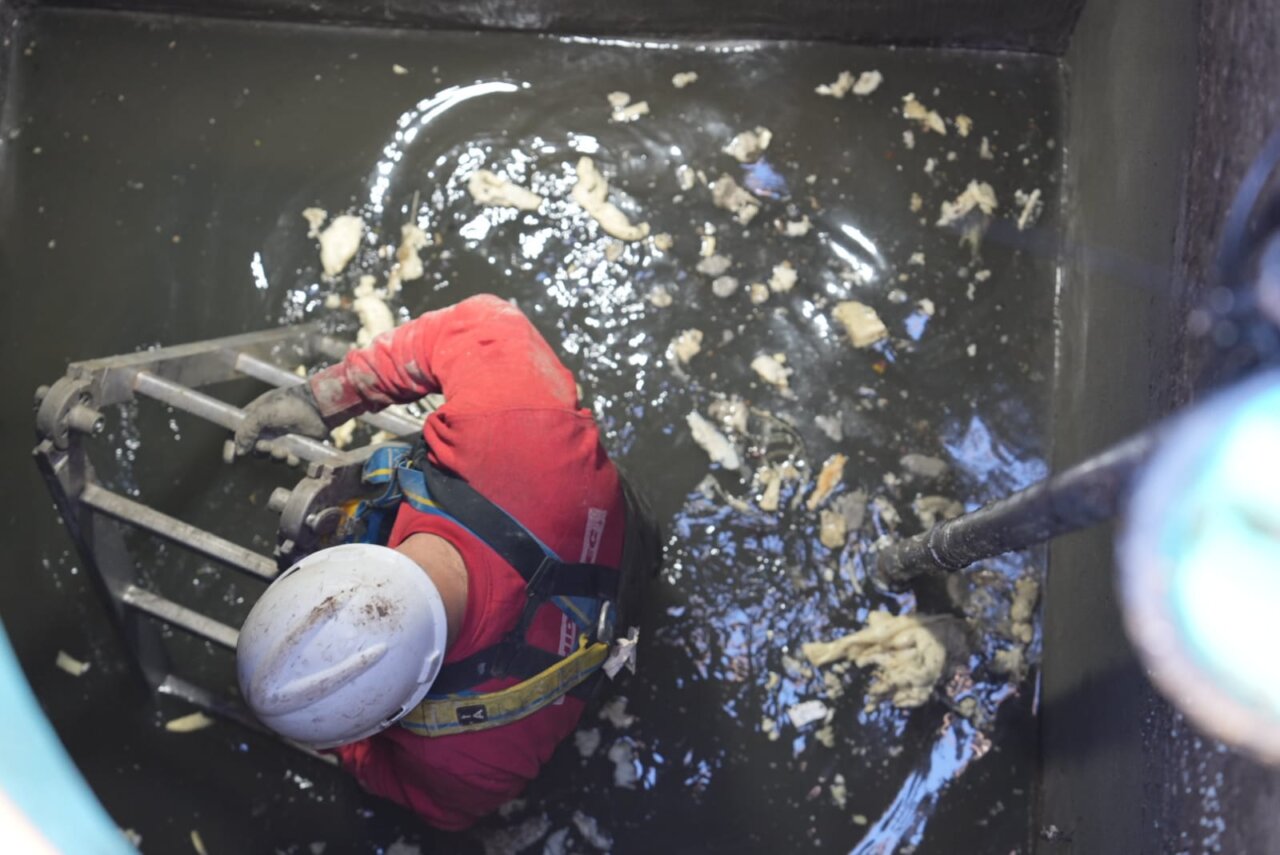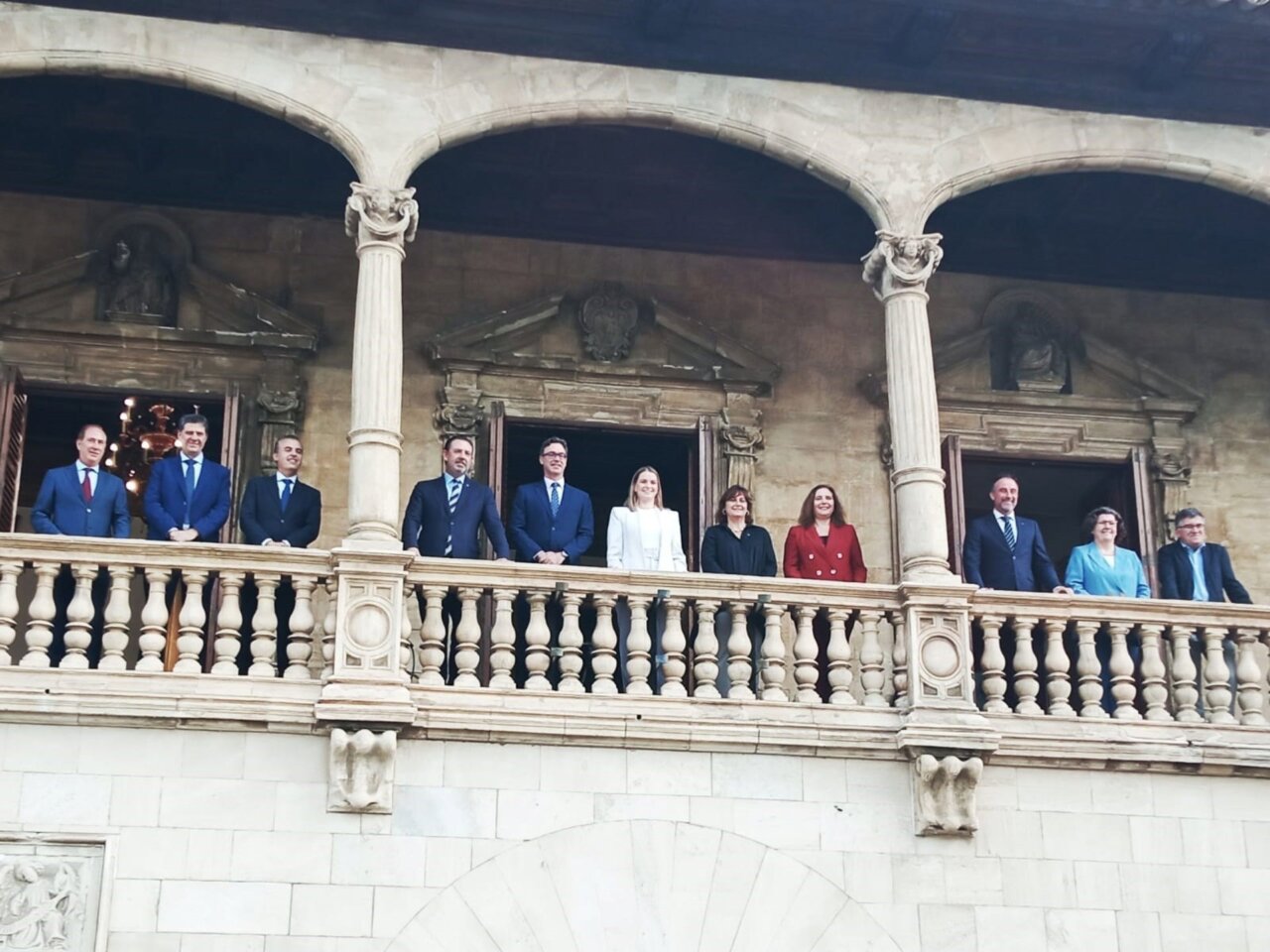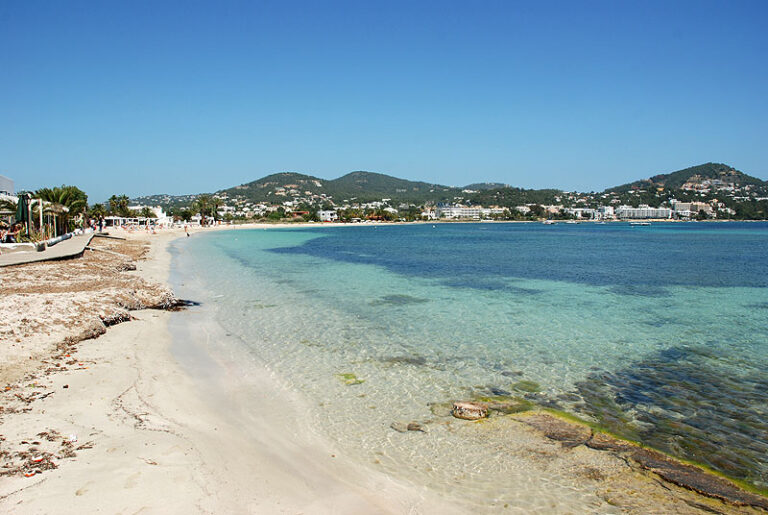The Ibiza Town Hall has started this week a series of key actions to improve the sanitation network of the city, with the aim of reducing the intrusion of seawater in the system of seawater intrusion in the system. In collaboration with the concessionary company of the Municipal Water Service, Aqualia, the sealing of five wastewater wells is being carried out, distributed between the port and Talamanca areas, as a preliminary step to the overall project financed with 1.9 million euros from the Sustainable Tourism Tax (ITS) of the Balearic Government.
An effort to close the water cycle
The fourth deputy mayor and responsible for the Area of Beautification and Energy Transition, Jordi Grivé, stressed the importance of these actions as part of a broader plan to close the water cycle in Ibiza, considering that it is “a very precious but scarce resource”. Grivé, who has attended the media this Wednesday from Santa Eulària Avenue, explained that seawater seepage has been a “historical” problem for the sewage network, as it increases the conductivity of the water that reaches the treatment plant, complicating the processes of purification and reuse. Current actions include the sealing of three wells in the port, specifically in the areas of es Botafoc, Los Andenes (where the Formentera boats operate) and the storm tank, as well as two more wells in Talamanca, where a 20-meter section of pipe is also being repaired. According to the City Council, these works will make it possible to reduce the flow and salinity of the water reaching the pumping and purification stations.
A strategy based on technology and analysis
Aqualia’s head of service in Ibiza, David Bernaus, explained that, in the first phase, 14 meters were installed in the sewerage networks to monitor the conductivity of the water in real time. Subsequently, the pipes located below sea level were inspected to identify the most critical points of saltwater intrusion. This information will allow the design of a more comprehensive project, which will include repairs using internal sleeves or the complete replacement of severely deteriorated networks and wells. Although the overall project is under development, the City Council and Aqualia have decided to bring forward these specific actions to begin to alleviate the effects of seawater intrusion as soon as possible.
Continue reading










